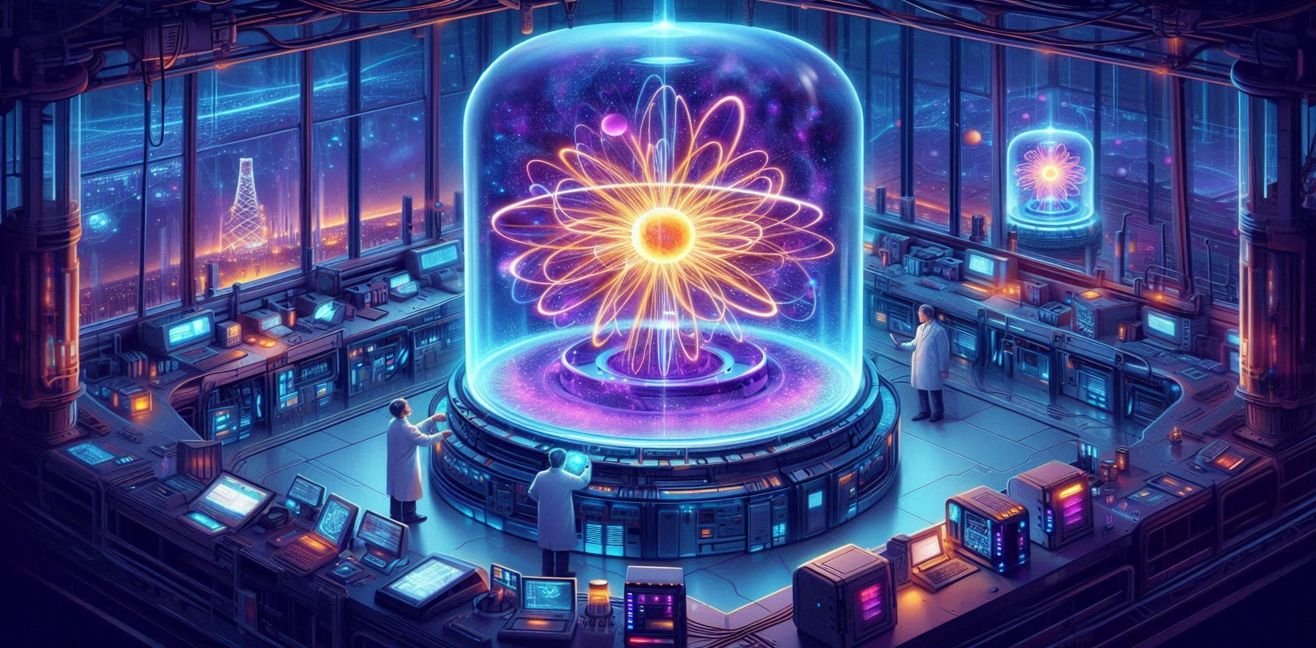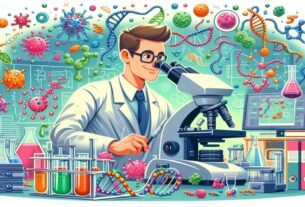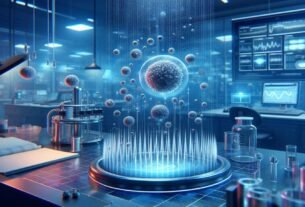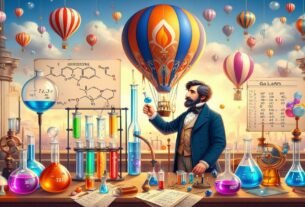Hello dear science enthusiasts! 🌍
Today, I’m taking you on a journey into one of physics’ brightest yet darkest discoveries: the hydrogen bomb. Also known as the thermonuclear bomb. This is a technology that reshaped human history—pushing the limits of science while raising massive question marks about the future of our planet.
But first: Think of the atomic bomb as a “small-scale popcorn machine”; the hydrogen bomb, on the other hand, is a “nuclear feast powerful enough to blow up the entire cinema.” 🍿💥
1. The Foundation of the Hydrogen Bomb: A Journey Through Physics
The hydrogen bomb is a two-stage monster:
1.1. Fission (Nuclear Splitting)
The first stage is essentially a classic atomic bomb. Uranium-235 or Plutonium-239 nuclei are split. During this process:
- Neutrons are released,
- Enormous energy is unleashed,
- And most importantly, extreme heat and pressure are created.
This stage is like the “matchstick that ignites the fusion reaction.” 🔥
1.2. Fusion (Nuclear Merging)
Here’s where the magic begins. The extreme heat and pressure fuse hydrogen isotopes (especially deuterium and tritium).
Deuterium (²H) + Tritium (³H) → Helium (⁴He) + Neutron + 17.6 MeV energy
This reaction releases energy thousands of times greater than an atomic bomb. In other words, scientists create a temporary “miniature sun” on Earth. 🌞
2. Scientific Background: The Energy Calculation
To understand why fusion is so powerful, let’s crunch some numbers:
- Fission reactions produce about 200 MeV of energy per atom.
- Fusion produces “only” 17.6 MeV per reaction.
So how is it stronger?
👉 Because the fuel used in fusion (deuterium, tritium) has a much higher reaction density and availability. That means per unit mass, fusion generates far more energy than fission.
Result: Smaller amounts of matter can trigger mind-blowingly massive explosions.
3. Historical Perspective: Humanity’s Dangerous Playground
- 1945: The atomic bomb was used in Hiroshima and Nagasaki.
- 1952: The U.S. tested its first hydrogen bomb (Ivy Mike). Result? A 10.4 megaton explosion—about 700 times stronger than the Hiroshima bomb.
- 1961: The Soviets tested the “Tsar Bomba.” Its yield? 50 megatons (theoretically it could have been 100). The explosion was so huge that:
- It reached the upper layers of the atmosphere.
- The shockwave circled the Earth three times. 🌍💨
Imagine this: a single bomb capable of threatening all of humanity.
4. Effects on the World
4.1. Immediate Effects
- At ground zero, temperatures reach millions of degrees.
- Buildings, living beings, metals… everything vaporizes.
- The shockwave levels structures miles away.
4.2. Radiation
- Acute radiation syndrome: vomiting, hair loss, death.
- Long-term: cancer, genetic mutations, congenital disorders.
4.3. Ecosystem and Climate
- Nuclear winter: Dust and smoke block sunlight.
- Global temperatures drop, agriculture collapses.
- Millions may die from famine.
4.4. Political and Social Impact
- Deterrence: A diplomatic version of “I’ve got the bigger stick, don’t mess with me.”
- During the Cold War: a “nuclear chess game” between the U.S. and the USSR.
- Today: nuclear powers (U.S., Russia, China, France, U.K., India, Pakistan, North Korea) still use these weapons as strategic leverage.
5. The Two Faces of Science
The hydrogen bomb reminds us of science’s moral dimension.
- On one hand: The same fusion technology could become a future source of clean and limitless energy (projects like ITER are working on this).
- On the other: In the wrong hands, it could end civilization.
Science itself is neutral. It’s neither good nor evil. How we use it determines humanity’s fate. 🧠
6. A Touch of Humor (Because Things Got Heavy 😅)
- If the hydrogen bomb were a coffee: “Extra shot, extra hot, cosmic-level energy.” ☕⚡
- If the Sun could send us a message: “Hey, stop copying my job. I burn so you don’t have to.” 🌞
- Politicians use nukes like this: “Look, I’ve got a big red button.” Basically, the deadliest version of “my toy is bigger than yours.” 🙃
🎯 Conclusion
The hydrogen bomb is one of science’s most brilliant yet terrifying creations.
- Physically: It represents humanity’s journey to harness the power of the stars.
- Morally: It proves humanity’s potential to destroy itself.
In the end, the question is simple:
👉 Will we use science for energy, life, and peace,
👉 Or to accelerate our own destruction?
The answer lies not only with scientists but with all of us. 🌍✨




